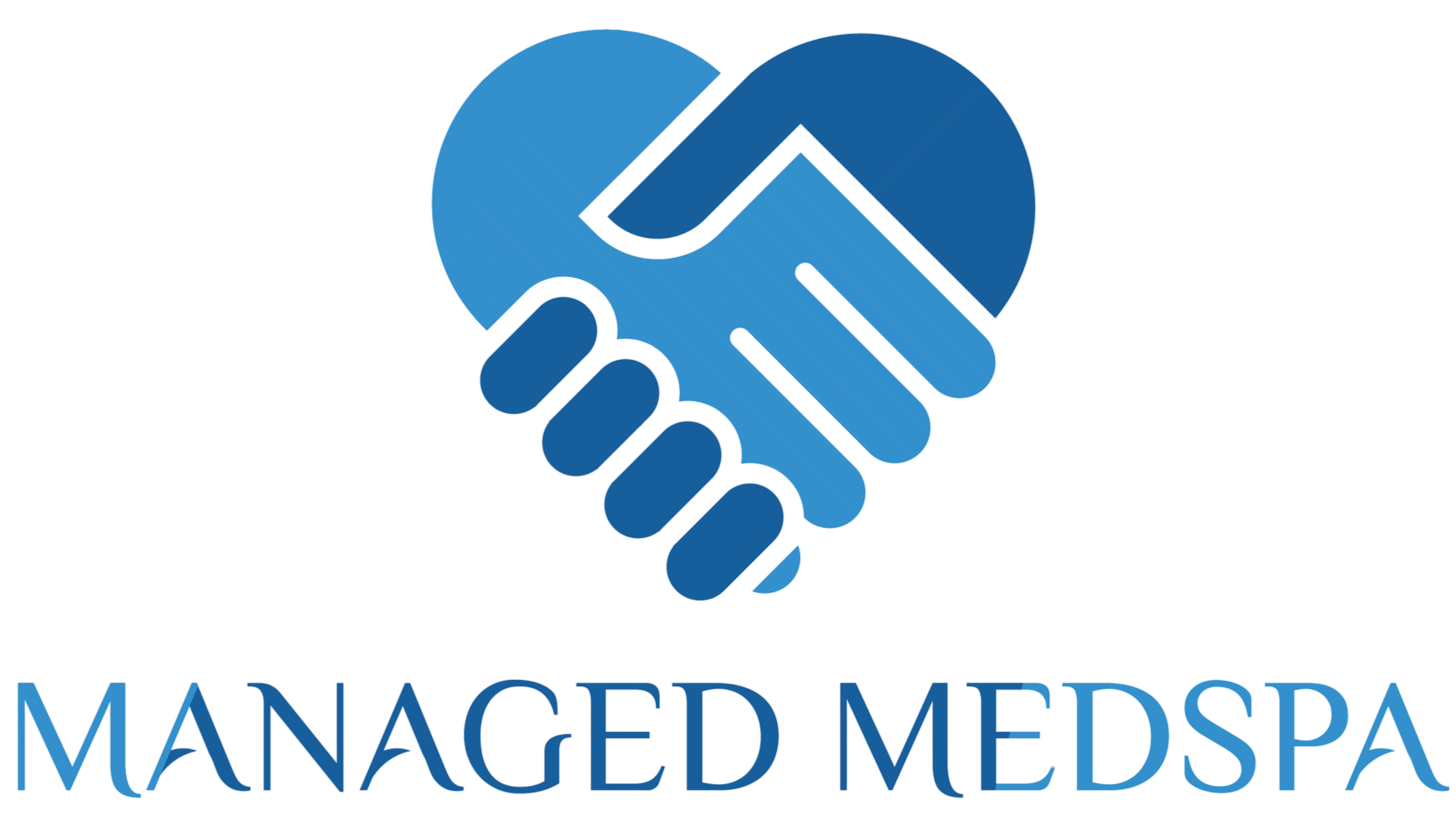Search
People also search for:
our services:
quick contact:

The Debt Trap in Med Spas




Med Spa Financial Guide
The Debt Trap in Med Spas
In most cases, this debt originates from large equipment purchases. New lasers, body contouring machines, and aesthetic devices can seem like the key to growth. However, many of these acquisitions are made without essential research—no proper market analysis, no evaluation of local demand or competition, no pricing comparison, and no sustainability analysis.
The result? A business that owns too much equipment, much of which remains underutilized due to limited space, staff, or patient volume. Often, the income generated from these devices does not even cover their financing payments. Multiply this scenario over multiple devices, and you have a med spa heading toward serious financial distress. When cash flow gets tight, owners often turn to banks for refinancing. To alleviate monthly strain, banks may offer restructured loans with lower payments—but these typically focus on interest, not principal. Balloon loans are a common solution here, and they often require owners to tie personal assets (homes, vehicles, savings) to the business loan as collateral. This becomes a serious liability when the owner wants to sell or exit the business, as banks will often block the sale unless the debt is paid or refinanced again.
In this article, we’ll explore
Why financial literacy is essential for Med Spa owners
How to calculate your break-even point
How to calculate your break-even point
How to calculate your break-even point
How to calculate your break-even point
How to calculate your break-even point
If you want peace of mind, scalable growth, and real profitability—you need to start here.
Why Most Med Spa Owners Miss the Mark on Financials
The most common financial habits we see are
The most common financial habits we see are
Looking at revenue totals without understanding costs
Not knowing the difference between fixed and variable expenses
No clear monthly or annual profitability goals
Reacting instead of planning
Here’s the reality: just having enough to cover the bills is not a sustainable business model.
Here’s the reality: just having enough to cover the bills is not a sustainable business model.
What you need is a system that helps you:
Know exactly how much revenue you need to break even
Understand how much profit each treatment delivers
Understand how much profit each treatment delivers
Make smart decisions about pricing, hours, and staffing
Make smart decisions about pricing, hours, and staffing
Let’s start with the most important number you can calculate: your break-even point.
What Is a Break-Even Point and Why Does It Matter?
Your break-even point is the amount of revenue your Med Spa must generate each month to
- Cover all operating expenses (fixed and variable)
- Pay your staff
- Pay yourself
- Avoid losses
Knowing your break-even point allows you to
- Set smarter weekly and monthly revenue goals
- Determine how many appointments or treatments you need to stay profitable
- Detect early signs of financial trouble
- Plan ahead for expansion or hiring
Understanding Your Costs: Fixed vs. Variable
Fixed Costs
These are recurring monthly expenses that do not change based on how many services you perform. Examples include
- Rent
- Utilities
- Insurance
- Software subscriptions
- Salaried staff
- Equipment leases
Variable Costs
These are costs that increase with each treatment or appointment. Examples include
- Products used (toxins, fillers, serums)
- Consumables (syringes, gloves, masks)
- Consumables (syringes, gloves, masks)
- Credit card processing fees
- Disposable gowns or supplies
Variable costs scale directly with revenue and service delivery. The higher your variable costs, the lower your profit margin.
Understanding the Metrics Before Taking on Debt
1. Healthy Loan-to-Revenue Ratio
Formula:
Total Debt / Annual Gross Revenue = Loan-to-Revenue Ratio
Recommended Ranges:
- Below 0.3 (30%) – Excellent
- 0.3 to 0.5 (30%–50%) – Acceptable, but should be monitored
- Above 0.5 (50%) – Risky and potentially unsustainable
For example, if your med spa generates $2 million in gross revenue, your total outstanding loan balance (equipment loans, buildouts, business loans) should ideally remain under $600K to $1M. Profitable med spas often operate comfortably at 20%–35% debt levels by leveraging debt wisely.
2. Debt Service Coverage Ratio (DSCR)
This is a more reliable metric for cash flow safety than the loan-to-revenue ratio.
Formula:
DSCR = Net Operating Income / Total Annual Loan Payments
Ideal Thresholds:
- 1.5+ – Strong and healthy
- 1.25 – Minimum safe level
- Below 1.1 – High-risk zone
If your annual loan obligations total $240,000, your net operating income (NOI) should ideally be at least $300,000–$360,000. Falling below this means you have very little room for error—any drop in revenue could push you into the red.
Red Flags: Signs Your Med Spa Is Overleveraged
If any of the following symptoms are present in your business, it’s a signal that debt may be limiting your operational flexibility:
Loan payments exceed 20–25% of your monthly gross revenue
Operating cash flow is consistently below 10–15% of total revenue
You’re delaying vendor payments, payroll, or marketing expenses
Equipment is being financed without meeting at least 60% utilization
Business expenses are being funded through credit cards or lines of credit
There are no emergency cash reserves covering 2–3 months of expenses
How to Avoid or Escape the Debt Trap
1. Implement Cash Flow Forecasting
Use tools such as QuickBooks, Boulevard, or CFO dashboards to monitor daily cash inflows and outflows. Project monthly and quarterly trends, factoring in seasonal shifts like slower summers or peak Q4 demand.
2. Create Dedicated Accounts
Maintain separate bank accounts for:
Operating costs
Payroll
Marketing
Taxes
This ensures you don’t inadvertently dip into critical funds and allows for clearer cash management.
3. Evaluate Equipment ROI Before Buying
Always run a projected utilization model. Ask yourself:
Can this equipment reach 60% capacity within 6 months?
What will be the monthly revenue goal from this machine?
What staffing, space, and marketing will be required to support this?
4. Limit Marketing Spend to Sustainable Levels
A general rule is to spend 8%–12% of monthly revenue on marketing—only if ROI is trackable. If you’re unsure what return each campaign brings, start by optimizing current lead sources before expanding spend.
5. Avoid Balloon Loans and Personal Collateral
Balloon loans can be risky. While they help with short-term cash flow, they delay principal payments and can trap the owner later. Where possible:
Negotiate for full-amortizing loans
Avoid pledging personal assets
Maintain business and personal financial separation
Equipment Purchasing Best Practices
Before acquiring high-cost devices, follow these steps:
Do a full market analysis: Is there demand for this service in your region? Who else offers it?
Understand pricing models: Will you charge enough to make the investment profitable?
Project break-even volume: How many services must be performed each month to cover the loan?
Consider leasing: If you’re testing a service line, leasing equipment instead of buying may reduce long-term risk.
Summary
Med spa owners should approach debt with caution. Strategic use of financing can fuel growth, but excessive or mismanaged debt—especially tied to underutilized equipment—can cripple operations. By understanding key financial ratios like Loan-to-Revenue and DSCR, and by managing cash flow proactively, you can protect your business from unnecessary financial stress.
Always evaluate major financial decisions with hard data, not just hope. A growing med spa isn’t one with the most machines—it’s the one with sustainable systems, smart financial structures, and reliable profitability.
If you’re unsure about your current debt structure or need help planning your next equipment purchase, consider reaching out to a Managed MedSpa. A strategic financial review can help you identify risk, restructure intelligently, and plan for growth with confidence.
1. Make Metrics Transparent
- Have staff know their numbers. Transparency eliminates guesswork. When providers see exactly how retail sales, rebooking rates, and production affect their commission or recognition, it feels fair instead of arbitrary.
- Raise prices on high-demand services
- Introduce tiered pricing (e.g., advanced injector vs. junior)
- Focus on services with high margin and low material cost
2. Bundle Services & Offer Memberships
- Create high-margin packages
- Sell memberships with recurring billing
- Incentivize prepaid treatments or loyalty programs
3. Refine Inventory Management
- Reduce expired product waste
- Order based on usage data
- Minimize “handouts” or family/friend freebies
4. Review Employee Benefits
- Analyze benefit costs vs. team performance
- Consider performance-based bonuses instead of fixed perks
- Review commissions to ensure profitability remains intact
Strategies to Lower Your Break-Even Point
Once you understand your break-even number, you can start lowering it strategically. The lower your break-even, the faster you hit profitability each month.
1. Audit Fixed Costs
- Cancel unused software or subscriptions
- Negotiate rent or consider smaller spaces
- Reevaluate marketing spend ROI
- Reduce unnecessary admin roles
- Reduce unnecessary admin roles
- Eliminate vendor overlap
2. Optimize Staffing
- Cross-train staff to perform multiple duties
- Eliminate unproductive overtime
- Schedule based on demand
- Use part-time or per-diem providers
- Automate front-desk tasks with software
3. Improve Room Utilization
- Make sure each treatment room is generating revenue
- Limit downtime during low-traffic hours
- Offer express services or shorter consults to fill gaps
4. Adjust Hours of Operation
Cut Variable Costs Without Cutting Quality
Tips
- Renegotiate product pricing with vendors
- Use every vial efficiently (track product usage)
- Eliminate unauthorized discounts
- Use ACH payments over credit cards when possible to lower processing fees
- Monitor staff samples or overuse of supplies
Know Your Profit Per Service
- Which services deliver the highest net profit
- Which ones cost too much in time, materials, or staff effort
- Which ones are underpriced or oversaturated in your market
Create a service profitability chart with:
- Revenue per service
- Material cost
- Time per appointment
- Overhead share
- Net profit
Use this data to prioritize high-margin services in marketing and booking strategies.
Train Your Team on Financial Awareness
Your employees can’t support your financial goals if they don’t know what they are.
Your employees can’t support your financial goals if they don’t know what they are.
- Understand their KPIs
- Know the break-even number
- Recognize how cancellations hurt revenue
- Sell retail and upsell treatments ethically
- Be aware of inventory control
When the team knows the numbers, they become partners in profitability.
Create a System for Daily and Weekly Revenue Reviews
Don’t wait until the end of the month to see how your Med Spa is doing. Set up systems to:
- Review daily revenue totals by provider and service
- Track weekly KPIs and performance
- Compare results against break-even and profitability goals
- Address problems immediately
Use dashboards, spreadsheets, or simple reporting tools to keep your finger on the pulse.
Final Thoughts: Financial Clarity Creates Peace of Mind
Understanding your numbers is not just about dollars and cents—it’s about control, confidence, and calm.
When you understand your revenue cycle, your costs, and your break-even point
- You stop guessing
- You stop reacting
- You start planning
- You start growing
Running a Med Spa is hard enough. Don’t let financial confusion make it harder. Start tracking your numbers today—and watch your business (and peace of mind) transform.
